As an Amazon Associate I earn from qualifying purchases. Please see my Privacy Policy for more details.
A healthy plant based diet contains a variety of colorful fruits and vegetables, whole grains, legumes, nuts and seeds. It’s a great way to get your daily dose of vitamins, minerals, fiber, and protein.
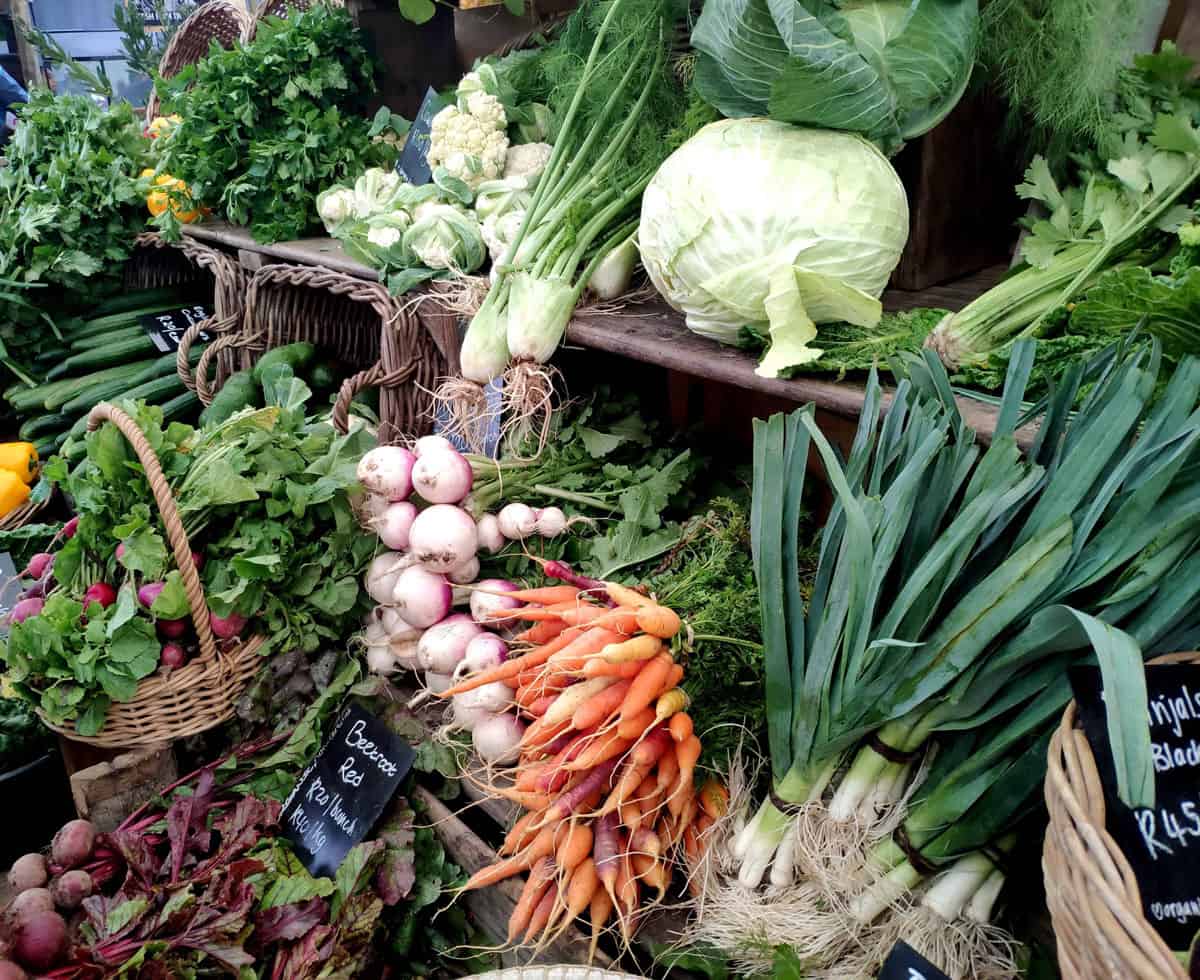
A plant based diet is a diet consisting mainly of foods that come from plants. This includes vegetables, fruits, grains, legumes, nuts and seeds.
Little to no animal products are consumed on a this diet, but it doesn’t necessarily mean vegan or vegetarian. It simply means that the majority of the diet is plant foods.
It may seem strange that animal products may be included in a diet based on plant foods, but this is what it is according to definition. I am certainly not suggesting that you need to consume animal products – that is a decision only you can make for yourself.
Is a plant based diet the same as a vegan diet?
A plant based diet and a vegan diet are not the same thing.
As I said above, a plant based diet, for some, may include small amounts of meat and dairy. A vegan diet is strictly plant foods, with absolutely no animal products consumed, including dairy, eggs, honey, and gelatin.
Furthermore, veganism is much more than just a diet – it’s a lifestyle. Vegans exclude the use of animal products in all aspects of their life – food, clothing, beauty products, housewares, etc.
While a plant based diet tends to rely on minimally processed whole foods, there are a lot of pre-packaged, processed vegan items out there that aren’t necessarily healthy (but many are delicious).
There is one more piece of this puzzle and that is a Whole Food Plant Based Diet. This kind of eating generally doesn’t contain oils of any kind or refined flours and sugars, like all-purpose flour or white sugar.
To be clear, all recipes here on Veggie Inspired are fully vegan. You won’t find any animal products of any kind here. I do use oil sparingly and use all-purpose flour and organic cane sugar from time to time for certain desserts. I use the word plant based and vegan to refer to diet only and use them interchangeably.

Why eat a plant based diet?
No matter what diet you currently follow, I think we can all agree that increasing our consumption of fruits and vegetables is a good thing.
It’s great for your health! Eating a variety of colorful plants provides antioxidants, vitamins, minerals, and fiber, while being low in saturated fat and providing anti-inflammatory properties. It can help lower your risk of disease, including heart disease, diabetes, and even some cancers. And, yes, plant foods do contain protein!
It’s great for your wallet! If you are concerned about your budget, plant foods tend to be cheaper than animal products. Pound for pound, beans and whole grains are significantly less expensive than meat. They’ll also keep you satiated longer, thanks to the fiber they contain, which means you’ll need to eat less.
It’s great for the environment and animals, too!
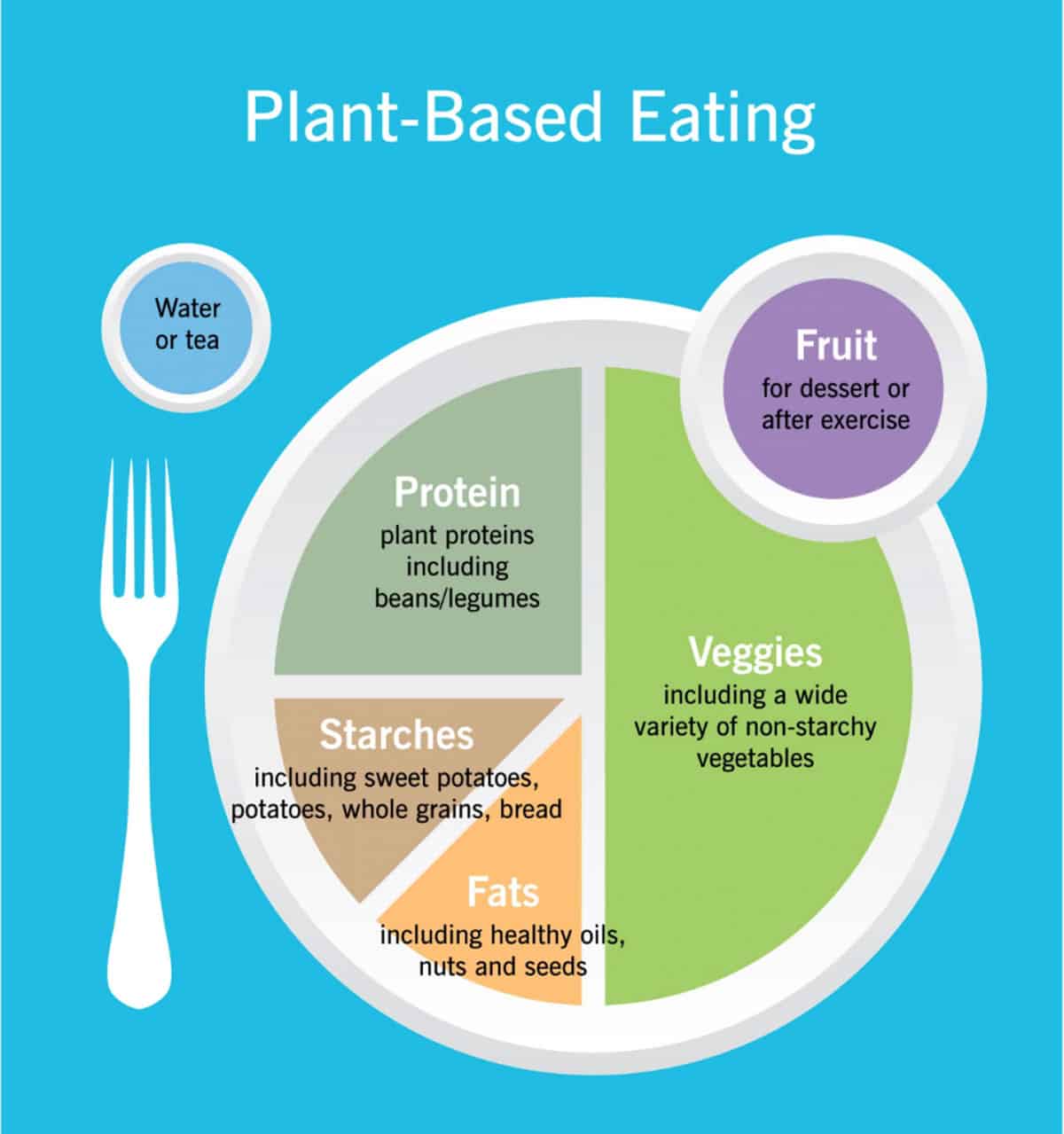
But where do I get my protein?
It wouldn’t be a discussion about an animal-free diet if we didn’t talk about protein.
Protein, made up of amino acids, is an essential macronutrient that our bodies need to build bones, muscles, cartilage, skin, tissues, blood, hormones, etc.
Nine of those amino acids are considered essential – our bodies don’t make them, so we must get them from food. A complete protein contains all nine essential amino acids.
Do we need to consume complete proteins for optimal health? No! Eating a variety of healthy plant foods will give you all the essential amino acids you need and your body is smart enough to know how to put them together to form protein.
Food addiction counselor Erin Wathen agrees. “The average American eats more protein than they truly need and the sources they tend to get it from, being animal products, are terribly inefficient and expensive ounce for ounce compared to plant-based protein,” she told LIVEKINDLY in an email.
Nearly everything contains protein in some amount. Here are a few plant food ingredients that contain high amounts of protein: beans, lentils, tofu, tempeh, green peas, quinoa, wild rice, nuts, and seeds.
Nutrients you may need to supplement
A balanced vegan diet can provide you with all the nutrients you need to be healthy. But in this day and age, when everyone seems to be incredibly busy, a well planned diet of any kind can be hard to stick to. As always, you should consult your physician if you have concerns and get yearly physicals.
Vegans and meat-eaters alike are at risk for nutritional deficiencies. Here are a few nutrients you should be sure you’re getting enough of:
- Vitamin B12
- Vitamin D
- Iron
- Omega-3 Fatty Acids
What do you eat on a plant based diet?
Personally, I believe in living life and having balance. While I eat mainly whole foods, I do choose to indulge every once in awhile in some delicious store-bought vegan ice cream or a pre-packaged vegan burger. If you have health concerns, I encourage you to consult your physician before deciding what kind of diet is right for you. Please see my Nutrition Disclaimer for more information.

So, what can you eat? Almost any recipe can be made meat-free and dairy-free. We eat burgers, pasta, pizza, tacos, sandwiches, salads, soups, chilis, etc.
Do my kids love everything I make? No, of course not. Neither does my husband. Everyone has different tastes, likes and dislikes. There are very few ingredients that my kids genuinely don’t like and won’t eat, but they do have preferences on how certain things are cooked (roasted vs. steamed, etc).
If you are new to making plant foods the star of your plate, you may need to experiment a bit to discover the foods and combos you love. Just because you didn’t like your mom’s bland, mushy, overcooked broccoli, doesn’t mean you won’t like it when seasoned and roasted to perfection.
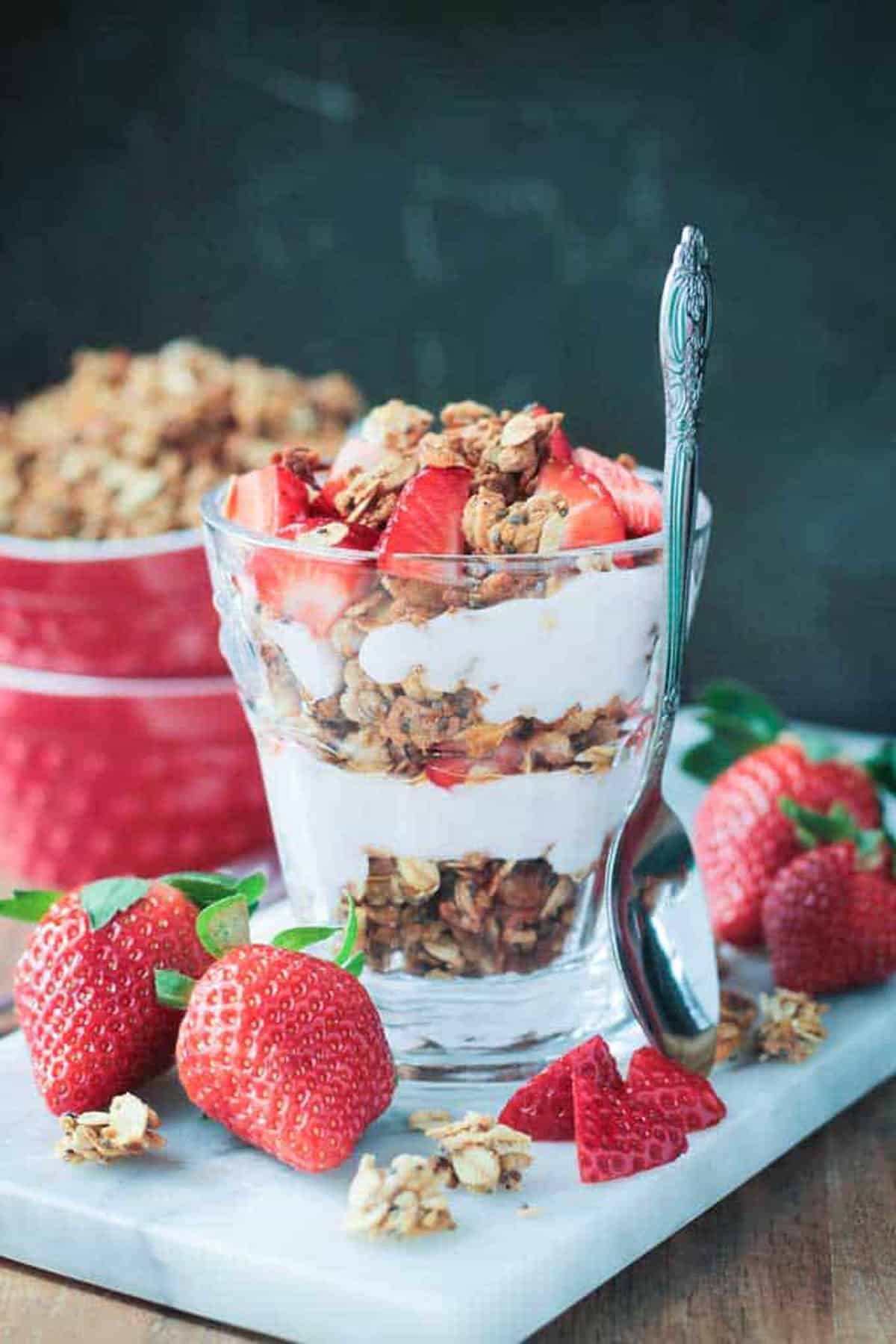
Here are a few family favorite recipes to get you started:
How to get started
Now that you know what this diet is and is not, here are some tips on getting started.
Start with just one day, one meal, or one ingredient: There is a reason Meatless Monday is so popular. It’s easy to dedicate just one day to your new journey. The reason Monday is a great day to choose is because it’s a fresh start. And once you start, it’s easier to continue. Check out my cookbook, The Meatless Monday Family Cookbook, for lots of recipe inspiration and more tips on navigating this way of eating.
This also works if you start with just one meal a day. If you try this, consider starting with breakfast to set your day in motion on the right path. A smoothie loaded with fruits and vegetables is a great way to get several servings of produce first thing in the morning.
The same can apply to switching out just one ingredient: Addicted to cream in your coffee? Try swapping it out for coconut cream, oat milk, or even a store bought dairy-free creamer if needed. Love cereal and milk? Try rice milk instead…I find it the closest in taste and texture to traditional skim milk. Ditch the mayo in your sandwich and try hummus or smashed avocado instead for that creamy mouthfeel.
Decrease meat portions and increase vegetable portions: If you can’t even fathom the idea of a fully meatless meal yet, try cutting your meat portion in half and doubling up on your vegetables. The more you get used to this, the easier it will be to reduce your meat portion even further or eliminate it completely.
Stock your pantry and fridge with healthy ingredients: A well stocked kitchen is essential to preparing a healthy meal quickly and easily. I like to keep on hand canned beans and lentils, quick-cook rice, a variety of pasta shapes, vegetable broth, canned tomato products, a variety spices, and frozen mixed vegetables, just to name a few. These items will keep for long periods of time and take little time to prepare. Add in a few fresh ingredients and you’ve got dinner in a flash.
*If you don’t love to cook or find it intimidating when starting this new plant-based way of eating, you might consider subscribing to a meal delivery service. Splendid Spoon is my favorite, offering fully prepared, ready-to-eat smoothies, bowls, noodles, and dishes. Read my full review of Splendid Spoon here to see if it’s right for you.
Don’t be afraid to snack: Plant foods are generally lower in calories than animal based foods so when you’re first transitioning to a vegan diet you may find you need to eat more than expected. I’m a big fan of healthy snacking! Following your hunger cues and grabbing a nutritious snack can help you from binging later in the day. Some quick healthy snack ideas: apple and nut butter, hummus and carrots, whole grain toast and avocado, and raw nuts and berries.
There is no such thing as perfection: Strive for progress, not perfection. Every nutritious plant based meal you eat is a step in the right direction. The more you get used to eating this way, the easier it will become.
More plant based diet resources
I hope you found this article helpful. If you have any questions or tips for sticking to a plant based diet, please leave a comment below.
Be sure to sign up for my FREE Newsletter to be the first to get my NEW recipes! You can also follow me on Instagram, Facebook, and Pinterest.
For even more easy family recipes, be sure to check out my cookbook, The Meatless Monday Family Cookbook!





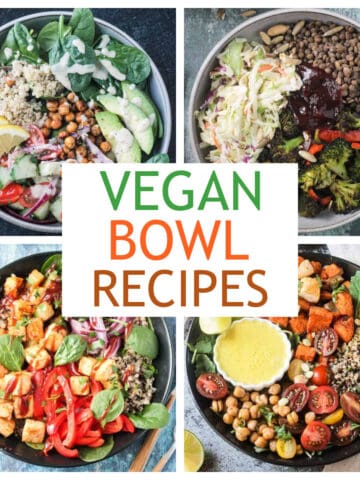
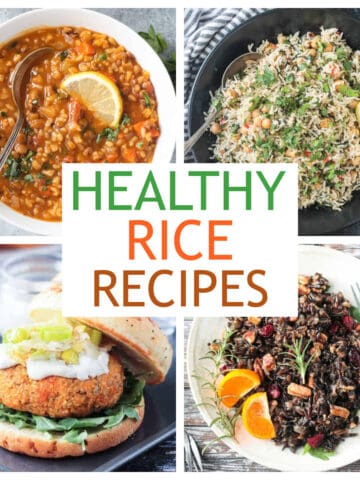
Comments
No Comments